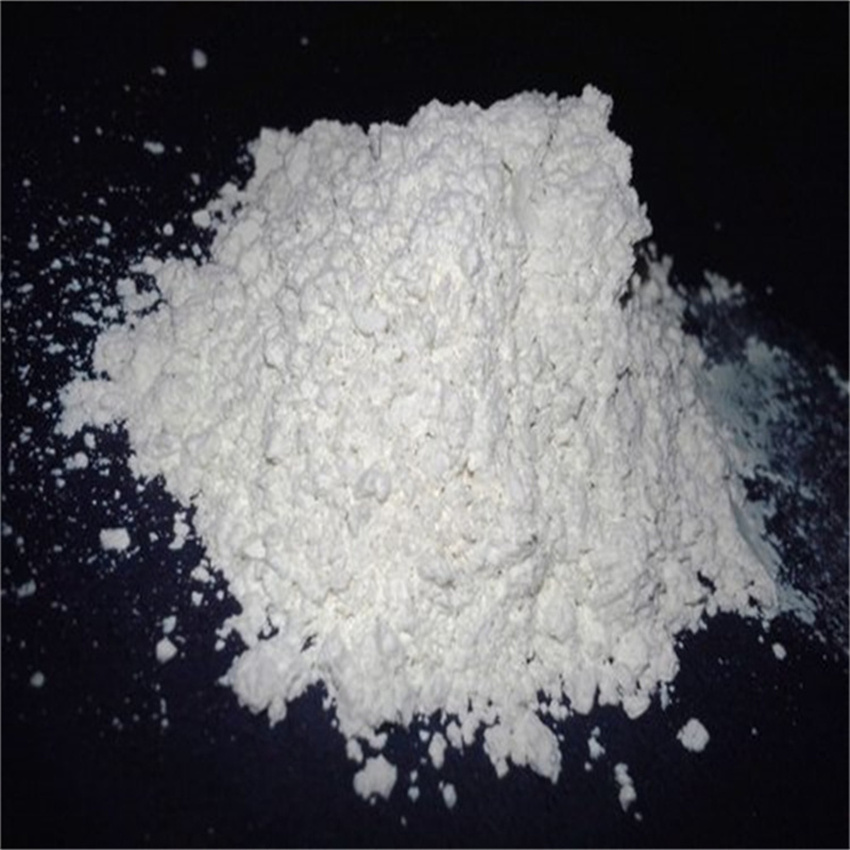Silicon is a versatile material used in a variety of industrial processes, from catalysis and filtration to chromatography and nanofiltration.Yet despite its ubiquitous presence in laboratories and clean rooms, silica's interactions with water's surface are surprisingly little known at the molecular level.Professor of chemistry at The university of California, Santa Barbara, and recently in The Proceedings of The National Academy of Sciences (Proceedings of The National Academy of Sciences), The author of a paper published on Songi Han said: way of interaction between water and surface affects many processes, in many cases, The scientists and engineers intuitively found that silicon and water potential interactions and equipment, and process of design is based on The empirical evidence.But an understanding of how the chemical topology of the silicon surface alters the structure of the water on the surface may lead to the fundamental design of these processes.
For many people, glass is glass, and it reminds us of the clear, hard, smooth, even materials we use for Windows or tableware.On a deeper level, however, what we call "glass" is actually a more complex material that can contain different chemical properties and be widely distributed.'glass is a material we're all familiar with, but what many people may not know is that it's what we call a chemically heterogeneous surface,' says Alex Schrader, a graduate researcher and lead author of the PNAS paper.He says there are two different types of chemical groups that make up the glass's surface, the silanol (SiOH) group, which is usually hydrophilic, or the siloxane (SiOHSi) group, which is usually waterproof.What we've shown is that the way you arrange these two chemicals on a surface can greatly affect how water interacts with the surface, and thus physical observations, like how water travels through glass.In some processes, such as catalysis, silica (also known as silica or silica) in the form of a white powder ACTS as a proppant. The catalyst attaches to the powder particles, which in turn carry it into the process.Although silica is not directly involved in catalysis, if the chemical groups are mainly hydrophilic or hydrophobic, the surface molecular composition of silicon particles will affect its effectiveness.The researchers found that if silica has hydrophilic silanol groups on its surface, it attracts water molecules, essentially forming a "soft barrier" of water molecules that the reactants must overcome to somehow penetrate into the desired process or reaction.Jacob Israel elachvili, professor of chemical engineering at UCSB, said: "there's always dynamics, water molecules have to change their positions, so that's why it's so complicated.You have to break some bonds to make another bond, and that takes time.It's not just the presence of silanols that can affect water adhesion to silica surfaces.The researchers were puzzled by the nonlinear decrease in the diffusion of water on the surface, as measured by the hyper hauser dynamic nuclear polarization instrument in hanl lab, because the chemical composition of the silicon surface shifted from hydrophobic to hydrophilic.Scott Shell, a professor of chemical engineering at UCSB, and his graduate student Jacob Monroe solved the mystery when his computer simulations showed that the relative alignment of silanol and siloxane groups on the surface also affected water adhesion.If you have the same proportion of water-loving groups and water-hating groups, by rearranging them spatially, you can significantly change the flow of water.The catalyse-driven process is not the only one that can be improved by understanding the molecules of silicon-water bonding.Filtration and chromatography can also be improved.It is also important in cleanroom programming, nanoscale and microprocessor formation.Microprocessors are made on the substrate of silicon wafers with a thin layer of glass on top of which circuits are laid."It's important to understand how the actual surface of the silicon wafer looks at the chemical level and how these different layers of metal are attached to it and how they appear.
Anticorrosion Pigments, Inkjet Receptive Coating, Matting Agent
